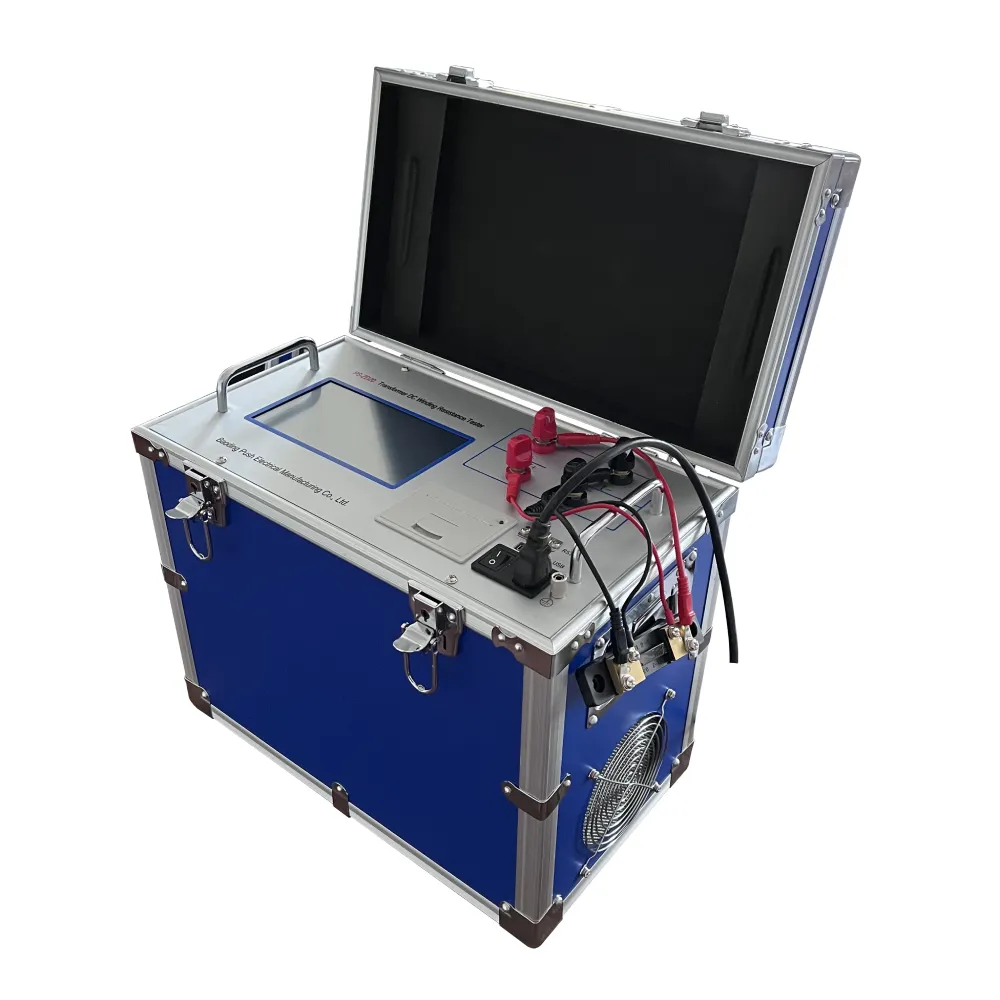 English
English



-
 Afrikaans
Afrikaans -
 Albanian
Albanian -
 Amharic
Amharic -
 Arabic
Arabic -
 Armenian
Armenian -
 Azerbaijani
Azerbaijani -
 Basque
Basque -
 Belarusian
Belarusian -
 Bengali
Bengali -
 Bosnian
Bosnian -
 Bulgarian
Bulgarian -
 Catalan
Catalan -
 Cebuano
Cebuano -
 China
China -
 China (Taiwan)
China (Taiwan) -
 Corsican
Corsican -
 Croatian
Croatian -
 Czech
Czech -
 Danish
Danish -
 Dutch
Dutch -
 English
English -
 Esperanto
Esperanto -
 Estonian
Estonian -
 Finnish
Finnish -
 French
French -
 Frisian
Frisian -
 Galician
Galician -
 Georgian
Georgian -
 German
German -
 Greek
Greek -
 Gujarati
Gujarati -
 Haitian Creole
Haitian Creole -
 hausa
hausa -
 hawaiian
hawaiian -
 Hebrew
Hebrew -
 Hindi
Hindi -
 Miao
Miao -
 Hungarian
Hungarian -
 Icelandic
Icelandic -
 igbo
igbo -
 Indonesian
Indonesian -
 irish
irish -
 Italian
Italian -
 Japanese
Japanese -
 Javanese
Javanese -
 Kannada
Kannada -
 kazakh
kazakh -
 Khmer
Khmer -
 Rwandese
Rwandese -
 Korean
Korean -
 Kurdish
Kurdish -
 Kyrgyz
Kyrgyz -
 Lao
Lao -
 Latin
Latin -
 Latvian
Latvian -
 Lithuanian
Lithuanian -
 Luxembourgish
Luxembourgish -
 Macedonian
Macedonian -
 Malgashi
Malgashi -
 Malay
Malay -
 Malayalam
Malayalam -
 Maltese
Maltese -
 Maori
Maori -
 Marathi
Marathi -
 Mongolian
Mongolian -
 Myanmar
Myanmar -
 Nepali
Nepali -
 Norwegian
Norwegian -
 Norwegian
Norwegian -
 Occitan
Occitan -
 Pashto
Pashto -
 Persian
Persian -
 Polish
Polish -
 Portuguese
Portuguese -
 Punjabi
Punjabi -
 Romanian
Romanian -
 Russian
Russian -
 Samoan
Samoan -
 Scottish Gaelic
Scottish Gaelic -
 Serbian
Serbian -
 Sesotho
Sesotho -
 Shona
Shona -
 Sindhi
Sindhi -
 Sinhala
Sinhala -
 Slovak
Slovak -
 Slovenian
Slovenian -
 Somali
Somali -
 Spanish
Spanish -
 Sundanese
Sundanese -
 Swahili
Swahili -
 Swedish
Swedish -
 Tagalog
Tagalog -
 Tajik
Tajik -
 Tamil
Tamil -
 Tatar
Tatar -
 Telugu
Telugu -
 Thai
Thai -
 Turkish
Turkish -
 Turkmen
Turkmen -
 Ukrainian
Ukrainian -
 Urdu
Urdu -
 Uighur
Uighur -
 Uzbek
Uzbek -
 Vietnamese
Vietnamese -
 Welsh
Welsh -
 Bantu
Bantu -
 Yiddish
Yiddish -
 Yoruba
Yoruba -
 Zulu
Zulu
micro gc
Understanding Micro GC A Key Technology in Gas Analysis
In today’s rapidly advancing technological landscape, gas analysis plays a critical role across various industries, from environmental monitoring to petrochemical processing. One of the standout technologies in this realm is the Micro Gas Chromatograph, commonly known as Micro GC. This compact analytical device has revolutionized the way we analyze gas mixtures, providing rapid, accurate, and efficient results.
Micro GC operates on the principle of gas chromatography, a technique that separates chemical substances in a gas phase. What sets Micro GC apart from traditional gas chromatographs is its size and speed. While conventional systems often require lengthy analysis times and larger volumes of gas samples, Micro GC can provide results within minutes using significantly less sample material. This efficiency is primarily due to its miniature design and innovative separation technology that allows for quicker analyses.
Understanding Micro GC A Key Technology in Gas Analysis
Micro GC is particularly valuable in the oil and gas industry. It facilitates the monitoring of gas compositions at various points along the production and transportation pipelines. By accurately analyzing the components of natural gas, operators can optimize processes, ensure safety compliance, and manage resources more effectively. The ability to detect impurities or gas leaks in real-time helps mitigate risks, prevent environmental damage, and protect human health.
micro gc

In addition to the energy sector, Micro GCs find extensive applications in environmental monitoring. Governments and organizations worldwide are increasingly focused on air quality and pollution control. Micro GC aids in measuring concentrations of harmful gases, such as volatile organic compounds (VOCs), carbon dioxide, and methane. By providing quick and reliable data, environmental agencies can respond to pollution incidents promptly, ensuring public safety and environmental protection.
Micro GC technology also contributes to research and development in the food and beverage industry. Here, it is essential to maintain the quality and safety of products. Micro GCs can analyze the composition of gases released during fermentation processes or packaging of food items, ensuring that the desired flavors and aromas are preserved. Additionally, they help in detecting spoilage gases, thereby enhancing food safety.
Despite its numerous advantages, the Micro GC is not without challenges. While it offers rapid analysis and portability, the complexity of certain gas mixtures may require more sophisticated methods for accurate results. Furthermore, the initial cost of Micro GC systems can be higher than traditional gas chromatographs, which may be a barrier for smaller organizations. However, the long-term benefits, such as lower operational costs and greater efficiency, often outweigh the initial investment.
As technology continues to evolve, we can expect further advancements in Micro GC capabilities. Innovations in sensor technology, data processing, and integration with IoT (Internet of Things) systems will likely enhance its functionality and usability. The future holds the promise of even more compact devices with greater sensitivity and the ability to analyze a wider range of gases.
In conclusion, the Micro Gas Chromatograph represents a significant leap in gas analysis technology. Its portability, speed, and efficiency make it an invaluable tool across various industries, particularly in oil and gas, environmental monitoring, and food safety. While challenges remain, ongoing advancements in technology will likely expand its applications and capabilities. As we move forward, Micro GC will undoubtedly play a pivotal role in improving processes, ensuring safety, and fostering innovation in gas analysis. Embracing this technology can lead to a cleaner, safer, and more efficient future for all.
-
Ensuring SF₆ Gas Safety: Introducing PUSH’s Integrated SF₆ Analyzer for Dew Point, Purity, and Decomposition MonitoringNewsJul.10,2025
-
Exploring the Main Types of Industrial Endoscopes and Their Applications Across IndustriesNewsJul.04,2025
-
Testing Equipment Industry Sees Major Advancements in 2025: Smart & Precision Technologies Lead the WayNewsJun.06,2025
-
Applications of Direct Current Generators in Renewable Energy SystemsNewsJun.05,2025
-
Hipot Tester Calibration and Accuracy GuidelinesNewsJun.05,2025
-
Digital Circuit Breaker Analyzer Features and BenefitsNewsJun.05,2025



